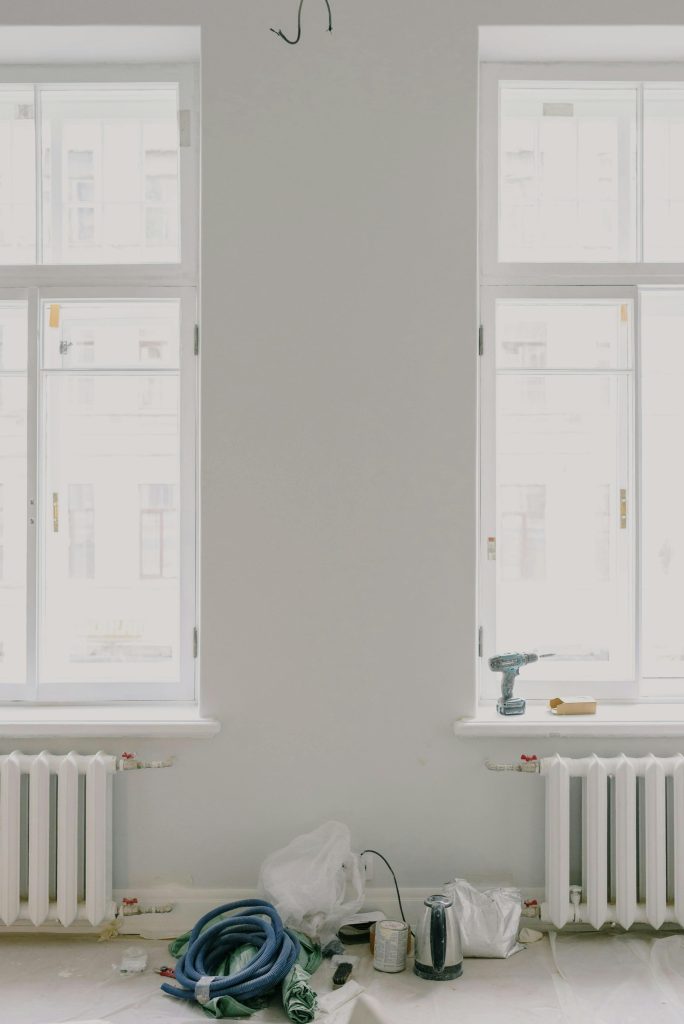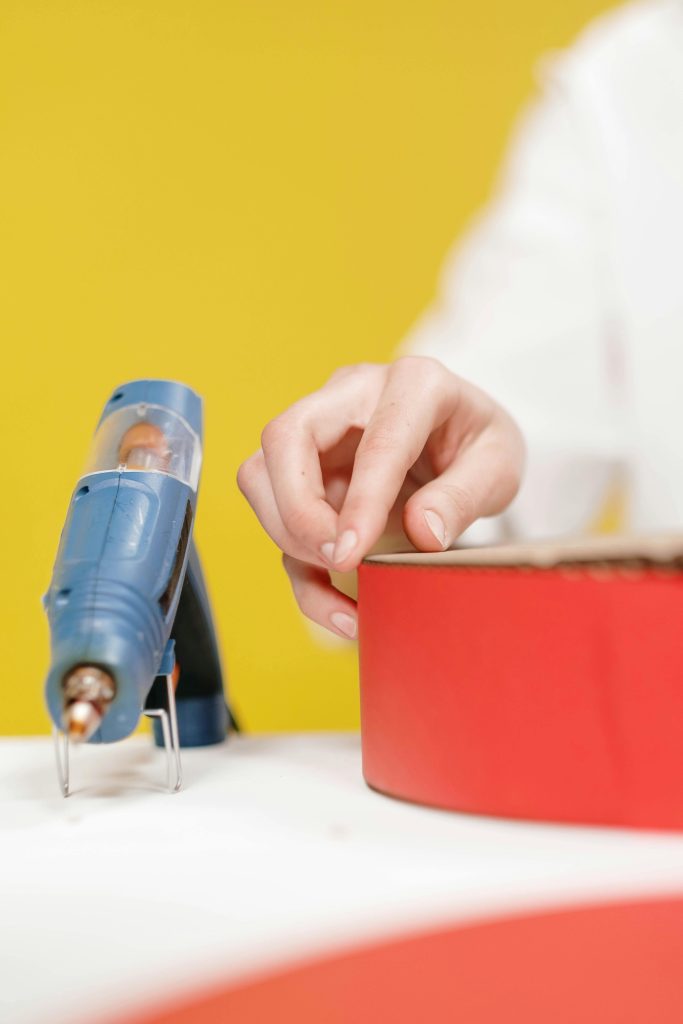Troubleshooting an Orange DRAM LED on Your Motherboard: A Comprehensive Guide
Encountering a persistent orange DRAM light on your motherboard can be a frustrating experience, especially after hardware upgrades or maintenance. If you’ve recently replaced your cooling system and now face boot issues accompanied by this indicator, you’re not alone. This guide aims to help you identify potential causes and step-by-step solutions to resolve the problem efficiently.
Understanding the Issue
The motherboard’s DRAM LED indicator signals an issue with the system’s memory. When it remains lit or turns orange, it typically points to problems such as improperly seated RAM modules, incompatibility, motherboard or CPU defects, or power supply issues.
Scenario Overview
For context, consider this typical situation:
– A user upgraded their cooling system, replacing their Noctua NH-U9S.
– During the process, all four sticks of DDR4 8GB RAM were removed.
– After reassembling the system and powering on, the PC fails to boot.
– The motherboard’s DRAM LED stays on or glows orange.
– Various troubleshooting steps have been attempted, including reseating RAM, testing with individual sticks, removing and inspecting the CPU, resetting the CMOS multiple times, and waiting for RAM training effects, yet the issue persists.
Step-by-Step Troubleshooting and Solutions
- Verify Hardware Compatibility
- Ensure all RAM modules are compatible with your motherboard (Asus Prime Z370-A).
- Consult the motherboard manual for supported memory configurations.
-
Confirm that the RAM is installed in the correct slots, typically A2 and B2, for dual-channel operation.
-
Check the RAM Modules
- Test each stick individually in the primary memory slot to identify potential faulty modules.
- Use known-good or compatible RAM to rule out manufacturing defects.
-
If a specific stick causes the DRAM LED to light, replace or re-test it.
-
Inspect RAM Seating and Slots
- Reseat the RAM modules firmly into their slots, ensuring proper alignment and lock engagement.
- Clean the gold contacts on the RAM sticks with isopropyl alcohol if dirty.
-
Examine slots for any debris or damage.
-
Reset BIOS/CMOS Settings
- Clear the BIOS memory by removing the CMOS battery for 5-10 minutes before reinserting.
- Use the motherboard’s clear CMOS jumper if available.
-
Resetting BIOS can resolve configuration issues post hardware changes.
-
Check CPU and Motherboard
- Reinspect the CPU socket for bent or damaged pins
Share this content:



